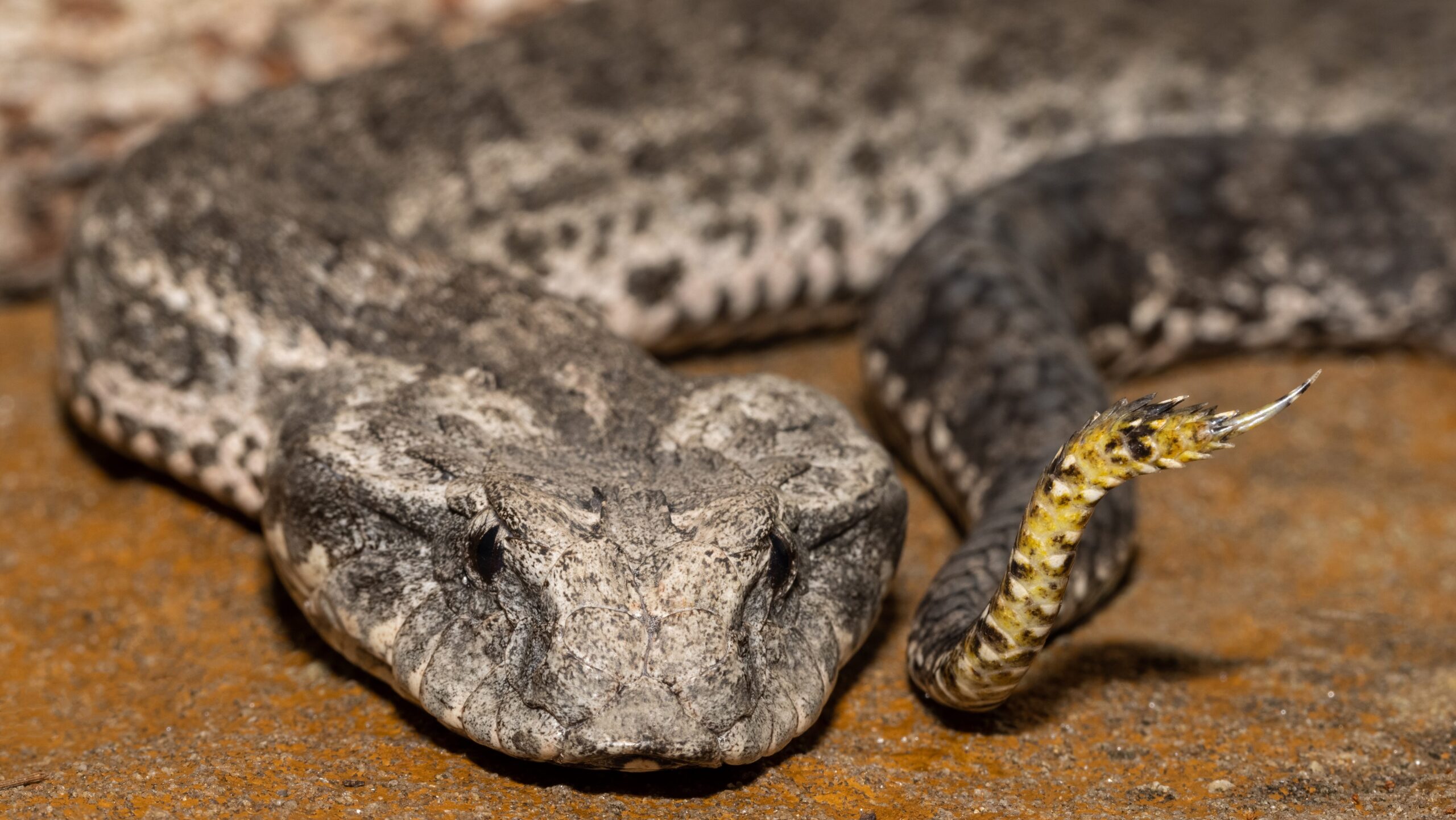Introduction
Tiger serpents are amongst one of the most well-known and feared reptiles in Australia, commonly identified for their striking appearance and powerful poison. This write-up aims to delve into the complexities of the tiger snake's environment, distribution, behavior, and what one can anticipate when experiencing these remarkable animals. By comprehending where to locate them and how to navigate prospective threats, you can value their function in the ecological community while ensuring your safety and security.
Tiger Snake Environment: Where to Find Them and What to Expect
Tiger serpents are mostly discovered in southeastern Australia, including Tasmania, where they prosper in a range of settings. Their versatility allows them to populate diverse surfaces such as seaside areas, wetlands, meadows, and also city areas.
Geographical Distribution of Tiger Snakes
The geographical reach of tiger serpents expands across a number of Australian states. They are particularly typical in:
- Tasmania: The Tasmanian tiger serpent is among one of the most identified subspecies. Victoria: Discovered near water bodies like rivers and lakes. New South Wales: Favoring bushland areas near water sources. Western Australia: Even more commonly seen around swamps and estuaries.
Understanding the geographical circulation is essential for both conservation initiatives and public understanding concerning encounters with these snakes.
Preferred Habitats of Tiger Snakes
Tiger snakes prosper in various habitats. Below are some typical atmospheres where they might be found:
Wetlands: They prefer marshy or marshy areas where they can access prey easily. Coastal Regions: Near coastlines or rocky shorelines offer bountiful food sources like fish and amphibians. Forested Areas: Dense underwood provides sanctuary from killers while offering searching grounds.Behavioral Patterns Associated with Habitat
Understanding tiger snake habits within their environments is Check over here necessary for interaction management:
- Nocturnal Activity: Tiger serpents often tend to be much more active during twilight hours (sundown and dawn), making them harder to detect during daytime. Territorial Nature: They exhibit territorial behavior; thus, it's critical to respect their area if encountered.
This understanding can help alleviate unwanted interactions in between people and tiger snakes.
Differences between Australian taipans and brown snakesAre Tiger Snakes Venomous?
Yes, tiger snakes are certainly poisonous. Their venom has neurotoxins that can trigger paralysis or even fatality if untreated.

What Makes Their Poison Dangerous?
The strength of a tiger serpent's venom varies relying on several variables:

- Geographic location Individual health Quantity injected throughout a bite
Symptoms of a Tiger Serpent Bite
Recognizing symptoms early is essential:
- Pain at the bite site Swelling Difficulty breathing
Immediate clinical attention is important if bitten.
First Aid for Serpent Bites
Knowing emergency treatment procedures can be yellow face whip snake lifesaving in situation of a serpent bite.
First Aid Steps for Snake Bites
Stay tranquility; maintain the afflicted location still. Call emergency situation services immediately. Apply a pressure plaster above the bite site. Keep the private relaxing until assistance arrives.Following these actions can dramatically boost end results adhering to a snake encounter.
Where Else Can You Encounter Tiger Snakes?
While they're usually located in their all-natural habitats, urbanization has actually led to increased encounters with humans.
Urban Encounters
Tiger snakes might venture into gardens or parks looking for food or water sources.

Precautions When Hiking or Exploring
When checking out locations known for tiger serpent environments:
- Wear thick boots Stay on paths Be vigilant
Taking these preventative measures will certainly assist reduce risks while you delight in nature.
Baby Tiger Snakes: A Special Point Of View on Growth
Just like grownups, child tiger serpents are birthed poisonous yet smaller in size.
Characteristics of Infant Tiger Snakes
- Size: Usually around 20-- 30 centimeters when born. Appearance: Sport comparable pigmentation as adults yet may have lighter bands initially.
Understanding their advancement assists in appreciating their eco-friendly duty from early stage onward.
FAQs about Tiger Snakes
1. Are all tiger snakes venomous?
Yes, all types of tiger serpents have venom capable of creating severe harm.
2. Exactly how can I determine a tiger snake?
Look for unique banding patterns ranging from yellowish-brown to blackish shades along their bodies; grownups typically expand in between 1-- 2 meters long.
3. What should I do if attacked by a tiger snake?
Seek instant clinical focus; use emergency treatment procedures as gone over earlier while keeping calm.
4. Do baby tiger snakes position any type of danger?
Absolutely! In spite of their little dimension, baby tiger serpents are still venomous and can provide attacks that require major medical attention.
5. Exist any kind of specific habitats I need to avoid?
Avoid going through dense underbrush or near stationary water where problems prefer serpent presence throughout warmer months.
6. How do preservation efforts affect tiger snake populations?
Conservation initiatives focus on habitat preservation which directly impacts population stability by making certain sufficient food sources and secure reproduction locations.
Conclusion
In recap, comprehending "Tiger Snake Environment: Where to Find Them and What to Expect" not just improves our expertise about these exceptional reptiles however additionally boosts our ability to exist side-by-side safely with them in shared environments. From recognizing their favored habitats to recognizing just how to respond successfully if bitten, detailed expertise encourages all of us-- whether we're wild animals fanatics or casual hikers-- to value this fascinating facet of Australia's natural heritage while prioritizing our safety.
This write-up works as a comprehensive overview on every little thing pertaining to tiger snake environments! Whether you're a devoted traveler or a person looking simply for details about these creatures, recognizing exactly how they engage within their communities-- and how we suit that picture-- is crucial!